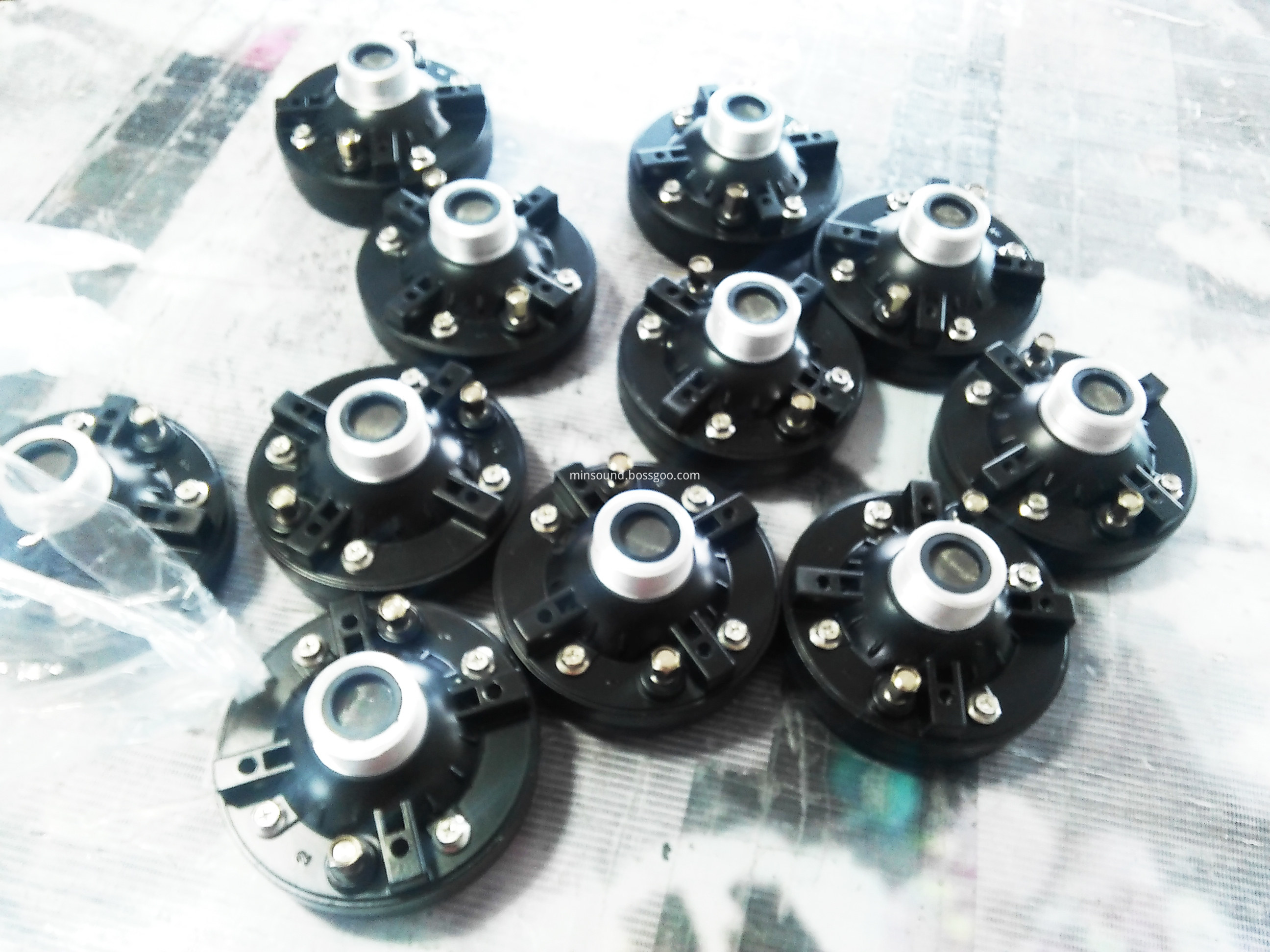1. The role and composition of the servo system in the numerical control processing In the automatic control system, the system that changes the output quantity with a certain degree of accuracy in accordance with the change of the input quantity is called a follow-up system, also called a servo system. The servo system of the numerical control machine tool refers to the automatic control system that uses the position and speed of the moving parts of the machine tool as the control quantity, also known as the follow-up system. The servo system consists of a servo drive device and a drive element (or actuator servo motor). The high-performance servo system also has a detection device that feeds back the actual output state. The role of the CNC machine tool servo system is to receive the command signal from the numerical control device, drive the moving part of the machine tool to follow the instruction pulse motion, and ensure the fast and accurate action. This requires high-quality speed and position servo. The above mainly refers to the feed servo control, in addition to the servo control of the main movement, but the control requirements are not as high as the former. The technical specifications of CNC machine tools such as accuracy and speed often depend mainly on the servo system. 2. Basic requirements and characteristics of servo system 1. Basic requirements for servo system (1) Good stability: Stability means that the system can reach new or respond after a brief adjustment process under given input or external interference. To the original equilibrium. (2) High precision: The accuracy of the servo system refers to the precise degree of output that can follow the input. As a precision machined CNC machine tool, the required positioning accuracy or contour processing accuracy is usually high, and the allowable deviation is generally between 0.01 and 0.001 mm. (3) Fast response: Fast response is one of the symbols of the dynamic quality of the servo system, that is, the response of the tracking instruction signal is required to be fast. On the one hand, the transient process requires a short time, generally within 200 ms, and even less than tens of milliseconds; On the other hand, in order to meet the overshoot requirement, the frontier of the transition process is required to be steep, ie, the rate of increase is large. 2. The main features of the servo system (1) Accurate detection device: Closed-loop control with composition speed and position. (2) There are multiple feedback comparison principles and methods: According to different principles of information feedback implemented by the detection device, the method of feedback comparison of the servo system is not the same. At present, there are three kinds of pulse comparison, phase comparison and amplitude comparison. (3) High-performance servo motors (servo motors for short): CNC machines for high-efficiency and complex surface machining. Servo systems will often be in frequent starting and braking processes. The ratio of the output torque to the moment of inertia of the motor is required to produce a sufficiently large acceleration or braking torque. The servo motor is required to have a sufficient output torque at a low speed and run smoothly so as to minimize the intermediate links in the connection with the mechanical movement part. (4) Speed ​​adjustment system with wide speed range, ie speed servo system: From the control structure of the system, the position closed loop system of CNC machine tools can be regarded as a double closed loop automatic control system in which the position is adjusted to the outer ring and the speed is adjusted to the inner ring. The actual working process of the system is to convert the position control input into a corresponding speed reference signal, and then drive the servo motor through the speed control system to achieve the actual displacement. The main movement of CNC machine tools requires higher speed control performance, so the servo system is required to be a high-performance, wide-speed control system. The development direction of the servo system With the continuous development of the productivity, the servo system is required to develop in the direction of high precision, high speed, and high power. (1) Make full use of rapidly developing electronic and computer technologies, adopt digital servo systems, use microcomputers to achieve adjustment control, enhance software control functions, eliminate analog circuit nonlinear errors, adjustment errors, and temperature drift and other factors. Greatly improve the performance of the servo system and create conditions for optimal control and adaptive control. (2) Develop high-precision, rapid detection components. (3) Development of high performance servo motors (actuators). At present, the speed ratio of AC servo motor has reached 1:10000, and its use is increasing. The brushless motor has two times higher acceleration performance than the DC servo motor due to no brushes and commutator parts. It is also easy to maintain and is often used in high-speed CNC machine tools.
Minsound offers a great range of Driver Units,providing accurate reproduction.high intelligibility and dependable performance in commercial sound,signaling and public address loudspeaker systems.
All models are suited for Minsound reflex horns,equipped with the industry standard 1-3/8"-male tread pattern.
This series driver units are made of Neodymium magnet for good performance.
Neodymium Driver Units,Neodymium Driver,Neodymium Drivers,neodymium speaker magnets,Neodymium magnets
Taixing Minsheng Electronic Co.,Ltd. , https://www.ms-speakers.com